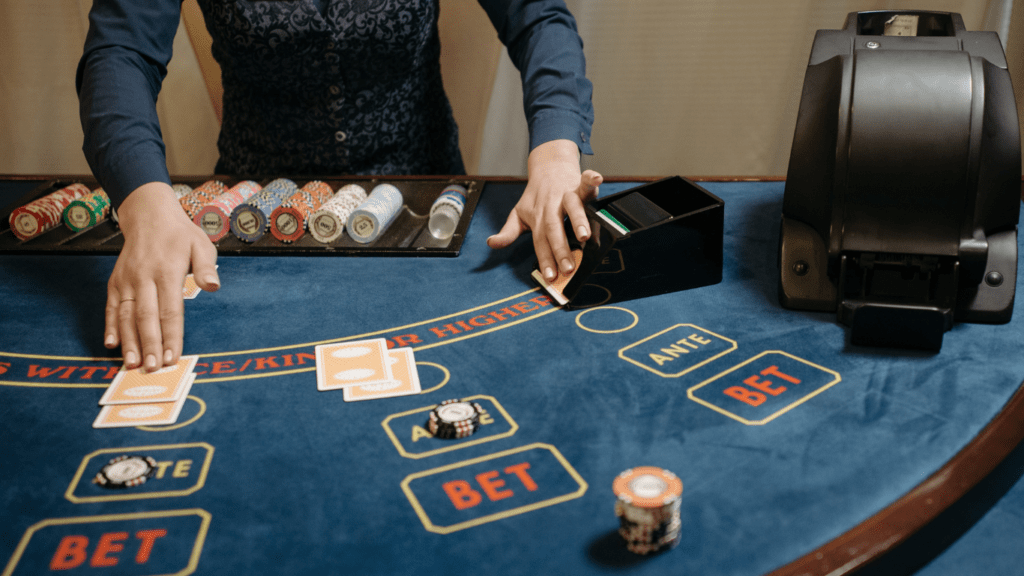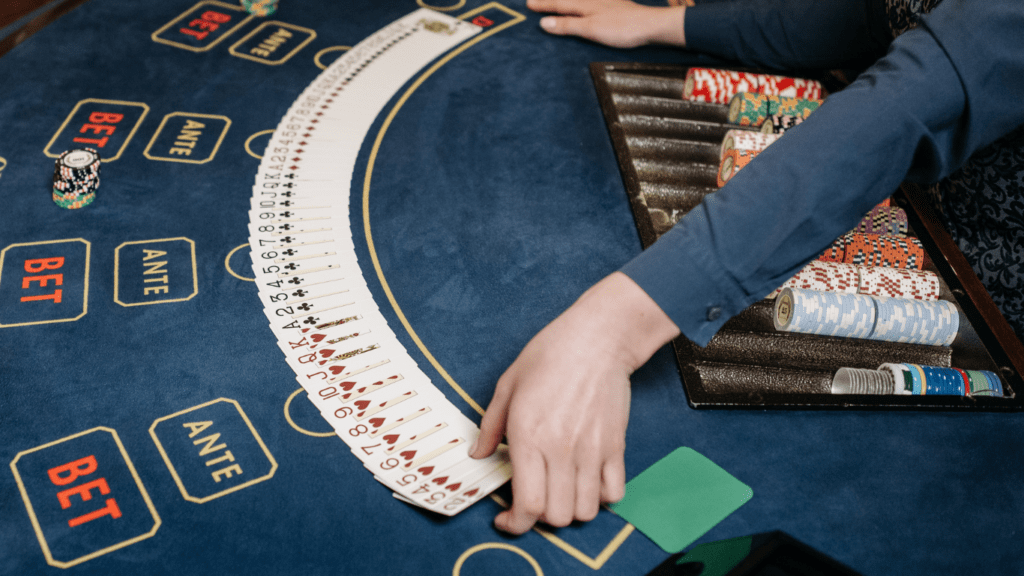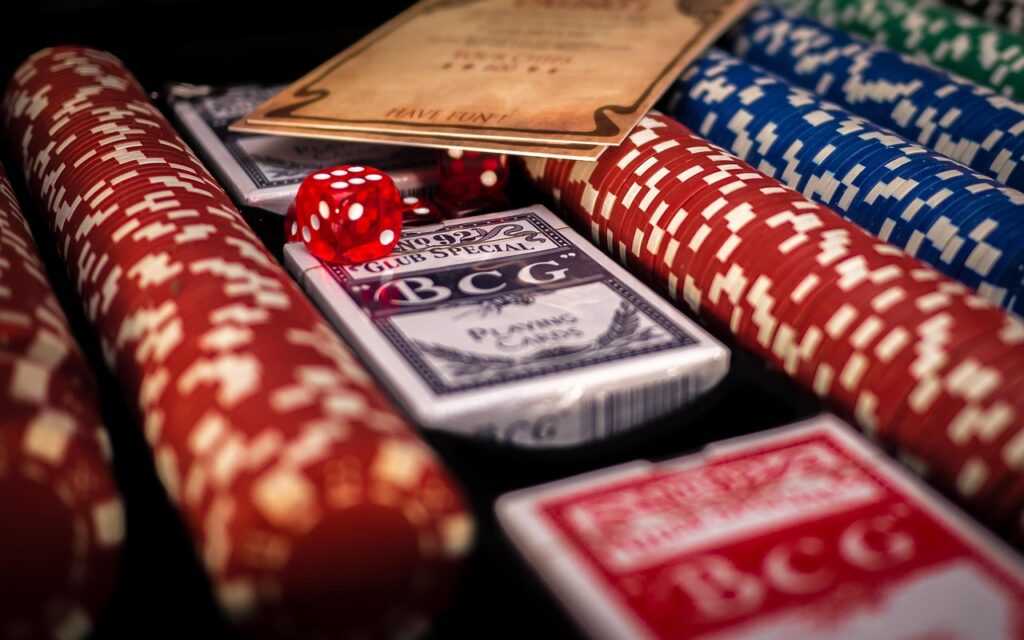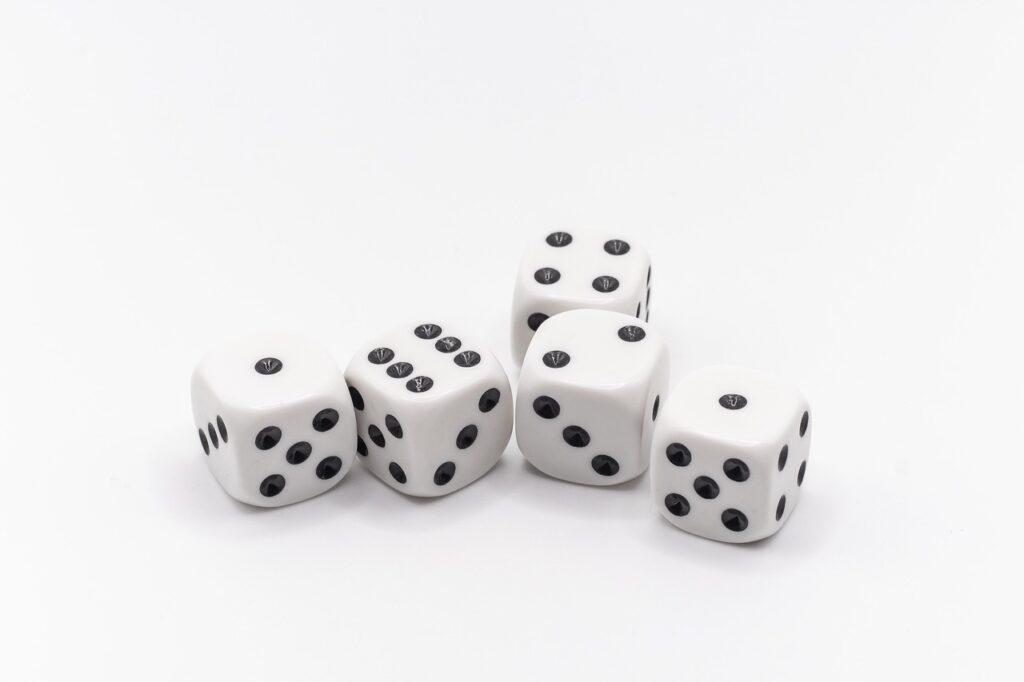Overview of Baccarat Mastery
Baccarat mastery involves more than just placing bets randomly. Through consistent observation and refined strategizing, players can improve their chances of winning. It’s essential to understand betting systems, recognize game patterns, and make informed decisions.
Firstly, I focus on the different betting systems. The Martingale, Paroli, and Fibonacci systems, for example, each offer unique approaches to maximizing gains or minimizing losses. Using the Martingale system, a player doubles the bet after each loss until a win occurs. In contrast, the Paroli system doubles the bet following a win, aiming to capitalize on winning streaks, while the Fibonacci system increases bets according to the Fibonacci sequence after each loss.
Secondly, recognizing game patterns can give significant insight into baccarat. Observing the results of previous rounds, commonly called tracking the shoe, helps identify trends like Banker or Player streaks. Identifying these trends, though not foolproof, aids in making more calculated bets.
Lastly, informed decision-making is crucial in baccarat mastery. To make informed decisions, I consider all available data, including betting systems and game patterns before placing a wager. This approach increases the likelihood of favorable outcomes over time. Moreover, setting win-loss limits and practicing discipline helps manage bankroll and avoid emotional betting.
Overall, mastering baccarat involves meticulous observation, strategic thinking, and disciplined decision-making. Engaging these techniques fosters better control of the game, providing an edge to both new and seasoned players.
Author’s Background
Having spent years immersed in the world of Baccarat, I bring a wealth of experience and a strategic mindset to help players thrive.
Professional Experience
I’ve spent over 15 years working in both online and brick-and-mortar casinos. My expertise includes training dealers, managing high-stakes Baccarat rooms, and consulting for gaming strategy optimization. This deep involvement provided first-hand insights into the game’s nuances and player behavior.
Previous Works
I’ve authored three comprehensive guides on Baccarat strategy, including “Baccarat: The Strategic Player’s Handbook” and “Mastering Baccarat: Advanced Techniques.” Additionally, my articles on gaming strategies have been featured in reputable publications like “Casino Life” and “Gambling Insider.” These works emphasize precision in betting systems and data-driven decisions, offering readers actionable insights.
Key Concepts in Baccarat Mastery
Baccarat requires understanding key concepts to refine game strategy and increase winning chances.
Understanding the Game
Baccarat is played between the player and the banker. The objective is to predict which hand, player or banker, will have a total value closest to nine. There are three possible outcomes: player win, banker win, or tie. Each hand starts with two cards; face cards and tens have a value of zero, whereas aces count as one, and other cards retain their face value. If a hand exceeds nine, only the second digit is considered (e.g., a hand totaling 15 counts as 5).
Basic Strategies
Several strategies can enhance Baccarat gameplay:
- Betting on the Banker: Statistically, the banker has a slightly better chance of winning due to game rules. The casino usually charges a 5% commission on banker bets to balance this.
- Player Bets: While not as advantageous as banker bets, player bets do not incur commissions and can be beneficial in certain patterns.
- Avoiding Tie Bets: Tie bets offer high payouts but carry a significant house edge, making them generally unfavorable.
- Flat Betting: Maintain consistent bet sizes to manage bankroll effectively and reduce volatility.
- Card Counting: Though more challenging in Baccarat than blackjack, some players attempt to track cards to gain slight advantages. It requires focus and is largely impractical in most casino setups.
These strategies can help players make informed choices and manage risk effectively during gameplay.
Advanced Techniques
To elevate your Baccarat game, consider incorporating advanced techniques. These methods provide an edge by refining your strategy and enhancing your decision-making process.
Betting Systems
Various betting systems can improve your chances when applied correctly. Martingale System involves doubling your bet after each loss. For example, if you lose a $10 bet, your next bet will be $20. This continues until a win occurs, effectively covering all previous losses and ensuring a profit equal to the original bet. Exercise caution with this system to avoid substantial losses during long losing streaks.
Paroli System focuses on leveraging winning streaks. After a win, double your last bet, and repeat for three consecutive wins, then restart with the original bet amount. This method maximizes profits during winning streaks while limiting losses during downturns.
1-3-2-4 System is another structured approach. Bet one unit initially. If you win, bet three units, then two, and finally four units after consecutive wins. Return to one unit if any bet in the sequence loses. This system attempts to safeguard your bankroll while capitalizing on short-term gains.
Card Counting

Though often associated with Blackjack, card counting in Baccarat also aids decision-making. Pay attention to the ratio of high cards (8s, 9s) to low cards (2s, 3s). High cards favor the Banker, while low cards benefit the Player. Keeping a mental count enables you to adjust your bets according to these ratios and slightly improve your odds. Note that unlike Blackjack, card counting in Baccarat is less straightforward and requires keen observation.
Optimal card counting involves starting a count of zero and adjusting the count as cards are dealt. For instance, add one for each 2 or 3 dealt, and subtract one for each 8 or 9. Make larger bets when the count is high, indicating a deck rich in low cards favoring the Player. Conversely, bet on the Banker when the deck is rich in high cards. Practice is crucial to mastering this skill, given its complexity and the rapid pace of Baccarat.
Practical Applications
Applying advanced Baccarat techniques in real-world scenarios enhances your gameplay, making tactics more effective.
Real-World Examples
In practice, the Martingale System requires doubling your bet after each loss. For example, if you start with a $10 bet and lose, you bet $20 on the next hand. Repeat this until you win, recouping all previous losses and gaining a profit equal to the initial bet.
Another instance, using the 1-3-2-4 system, illustrates a calculated method to manage risk and return. If you bet $10 and win, your next bet is $30. Winning again, you reduce the risk by betting $20, and if successful, your final bet is $40. This system ensures that losses are capped and profits are accumulated progressively.
Tips and Tricks
Maintain focus on the Banker and Player bets. With a house edge of 1.06%, the Banker bet offers the best odds. Avoid the Tie bet due to its significantly higher house edge of 14.4%.
Track your wins and losses meticulously. Documenting each result helps adjust strategies in real-time and identifies patterns in gameplay.
Consider practicing card counting by focusing on 7s, 8s, and 9s. These cards impact the probability of outcomes. Adjust your bets accordingly, betting higher when the shoe contains a larger number of lower-value cards.
Apply these tips and strategies consistently, refining your approach as you gain more experience in Baccarat.
Pros and Cons of the Book
I’ve examined the book on Baccarat mastery, weighing its strengths and weaknesses to provide a balanced view.
Strengths
- Comprehensive Coverage: The book covers all aspects of Baccarat, including game dynamics, betting strategies, and card counting techniques. Readers gain a thorough understanding of the game.
- Advanced Techniques: It introduces advanced betting systems like Martingale, Paroli, and 1-3-2-4. These systems help players optimize their wins and minimize losses effectively.
- Practical Applications: The book provides real-world examples of advanced strategies. From my experience, understanding these applications enhances one’s gameplay.
- Detailed Explanations: Each strategy is explained in detail, making it easier for readers to grasp complex concepts. The clear language ensures that even beginners can follow along.
Weaknesses
- Complexity for Beginners: New players may find the advanced techniques overwhelming. Without prior knowledge, implementing these strategies might be challenging.
- Lengthy Explanations: Some sections could benefit from conciseness. Streamlining content can make it more engaging and less tedious for readers.
- Limited Visual Aids: Diagrams and visual aids are sparse. Including more illustrations could help clarify certain strategies and improve comprehension.
- High-Level Focus: The book targets serious players aiming for mastery. Casual players looking for basic tips might find it too advanced.
Overall, these pros and cons provide a balanced perspective on the book’s value to different types of Baccarat enthusiasts.
Reader Feedback
Reader feedback on Baccarat Mastery: Winning Techniques for Every Player offers valuable insights into how the strategies and techniques discussed resonate with various players.
Positive Reviews
Many readers have praised the book for its comprehensive coverage. They appreciate the clear explanations of complex concepts. For example, one reader noted how the book’s discussion on the Martingale system helped them consistently improve their game performance. Others have highlighted the practical applications of the 1-3-2-4 system, stating that the detailed breakdowns enabled them to apply the techniques confidently. Several players found the focus on Banker and Player bets particularly useful, allowing them to enhance their strategy effectively.
Critical Reviews
Critically, some readers felt that the book lacks visual aids. A few beginners mentioned the need for more concise explanations, as they found certain sections overwhelming. While experienced players appreciated the advanced techniques, others felt the high-level focus made it challenging to follow without prior knowledge. Additionally, some readers suggested that more real-world examples could further clarify the strategies’ applications. Despite these critiques, the overall response indicates that with minor adjustments, the book can cater even better to its diverse audience.



 Alanns Ritcheyers – Author
Alanns Ritcheyers is a skilled author at Smart Gamble Land, known for his expertise in winning techniques and the art of gambling strategy. With a keen focus on teaching advanced betting systems, Alanns' content is tailored to players eager to refine their approach to gambling. His methodical breakdowns of complex systems are designed to make challenging concepts accessible to a wide audience. Alanns is dedicated to helping players maximize their potential at the casino by blending strategy with practical tips for real-world application.
Alanns Ritcheyers – Author
Alanns Ritcheyers is a skilled author at Smart Gamble Land, known for his expertise in winning techniques and the art of gambling strategy. With a keen focus on teaching advanced betting systems, Alanns' content is tailored to players eager to refine their approach to gambling. His methodical breakdowns of complex systems are designed to make challenging concepts accessible to a wide audience. Alanns is dedicated to helping players maximize their potential at the casino by blending strategy with practical tips for real-world application.
